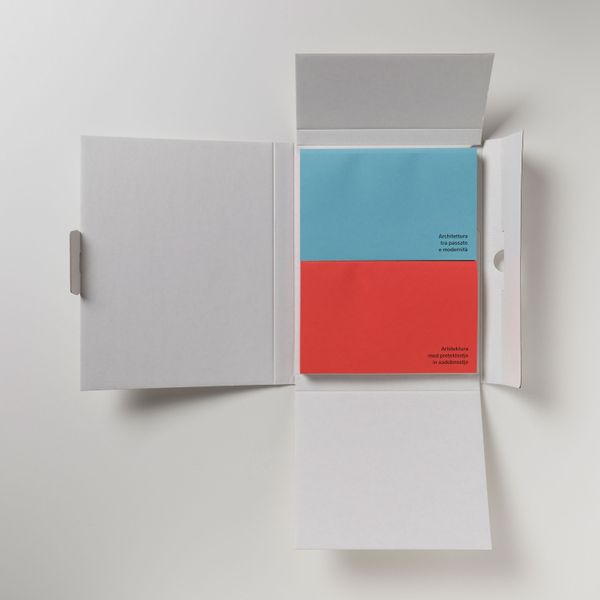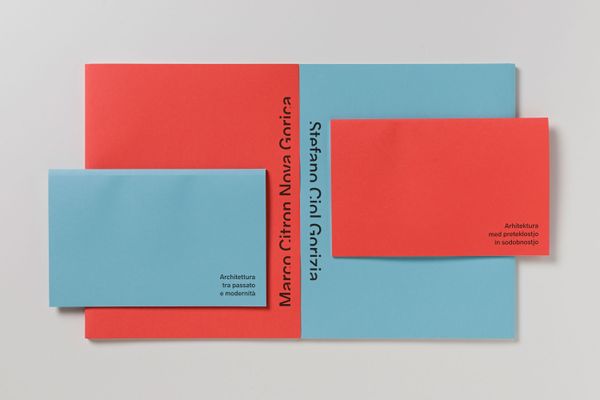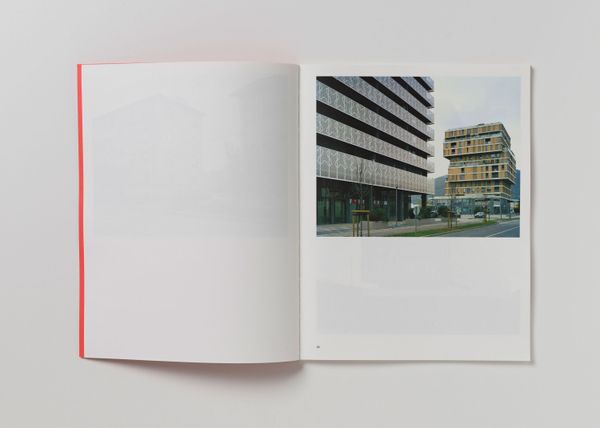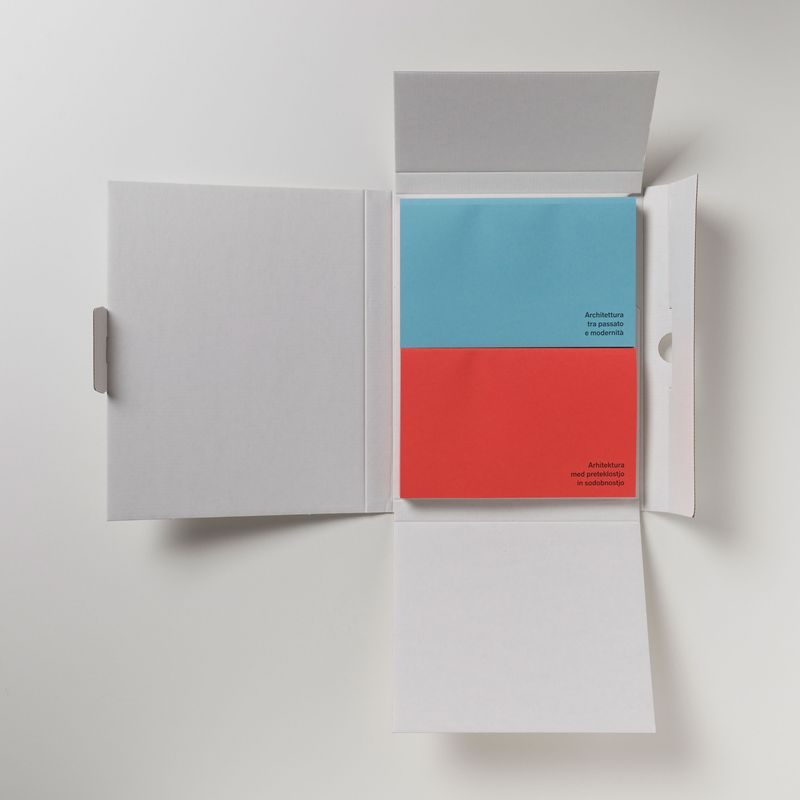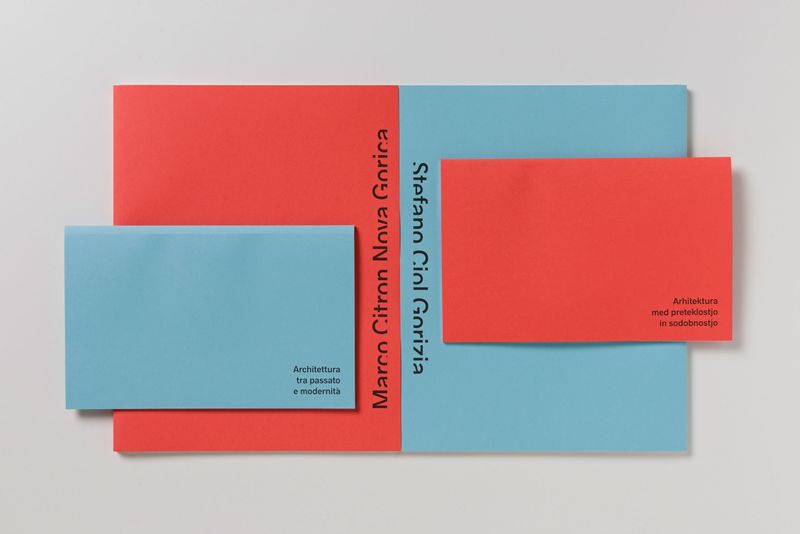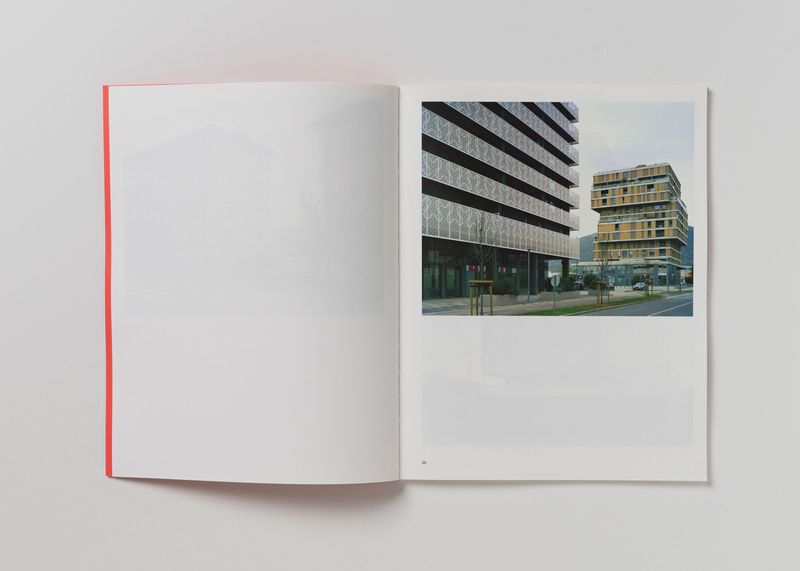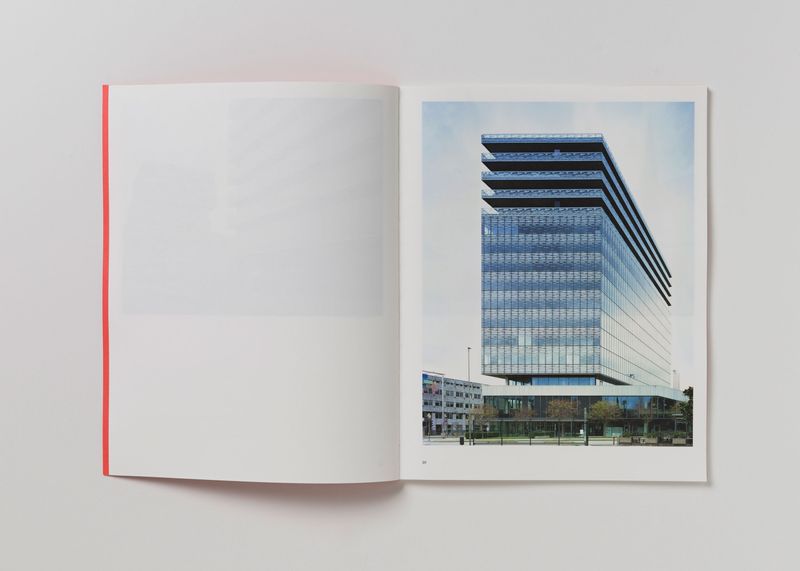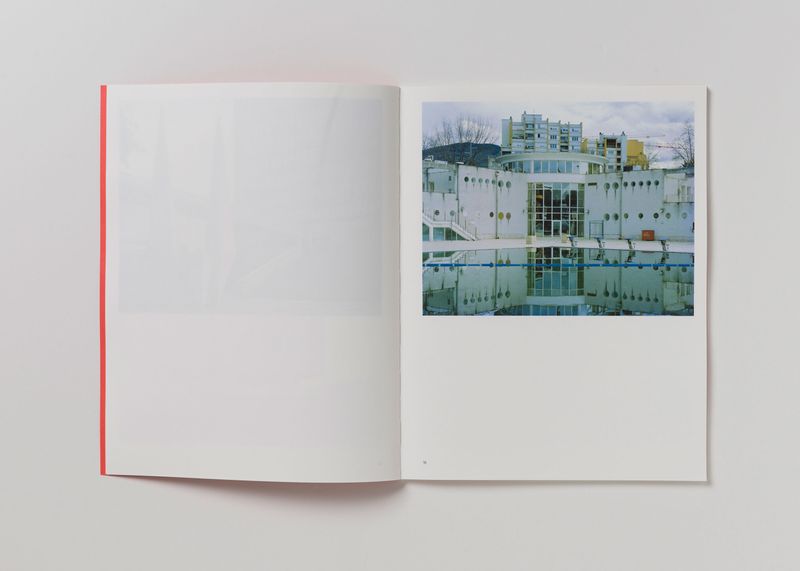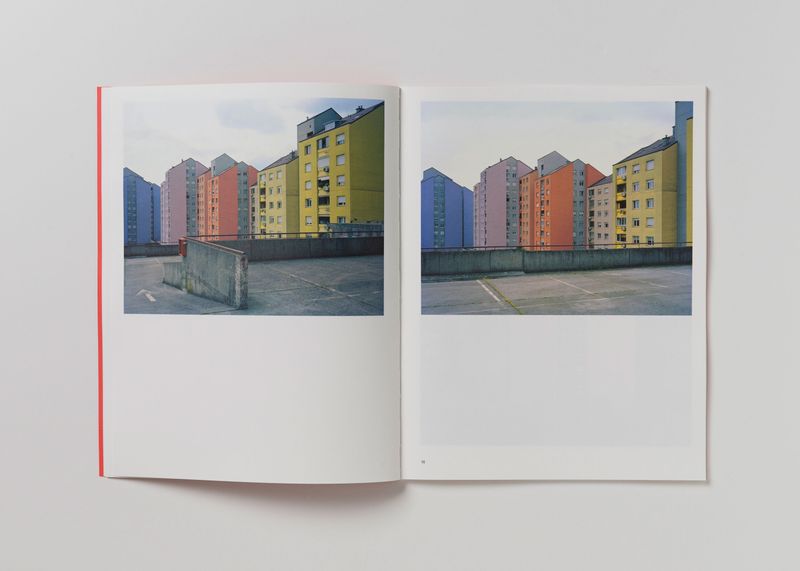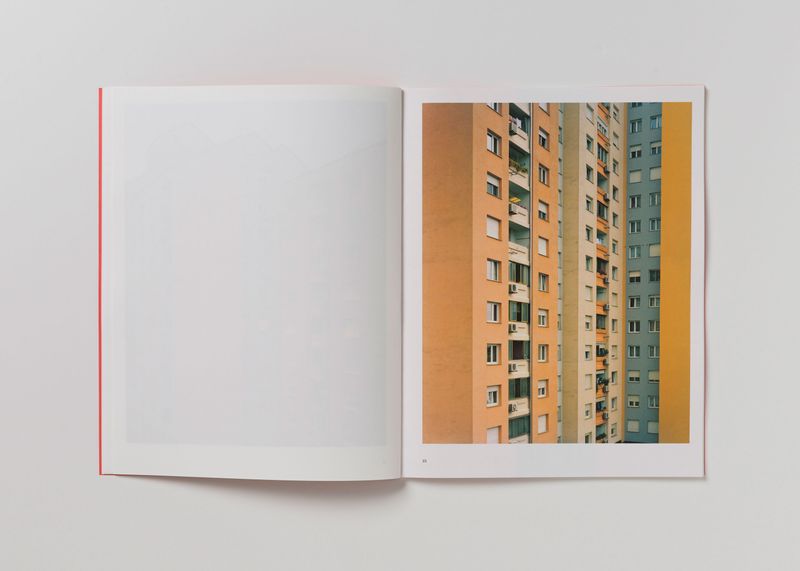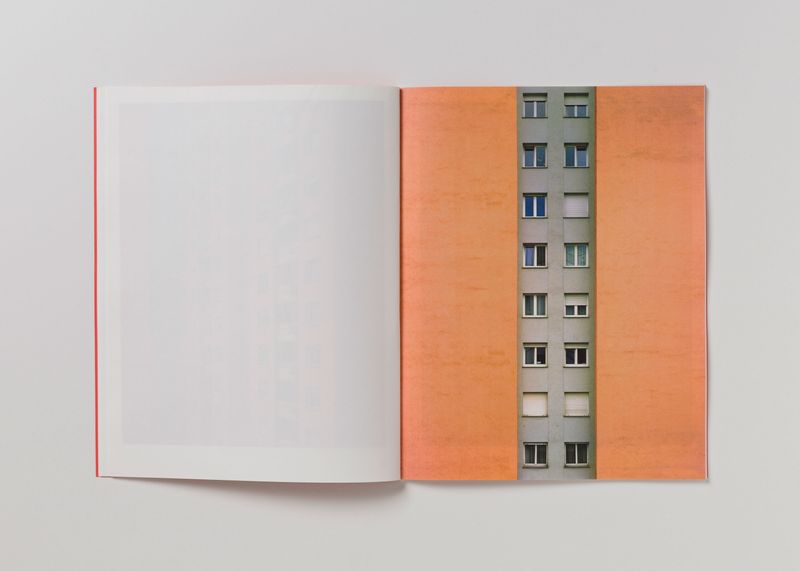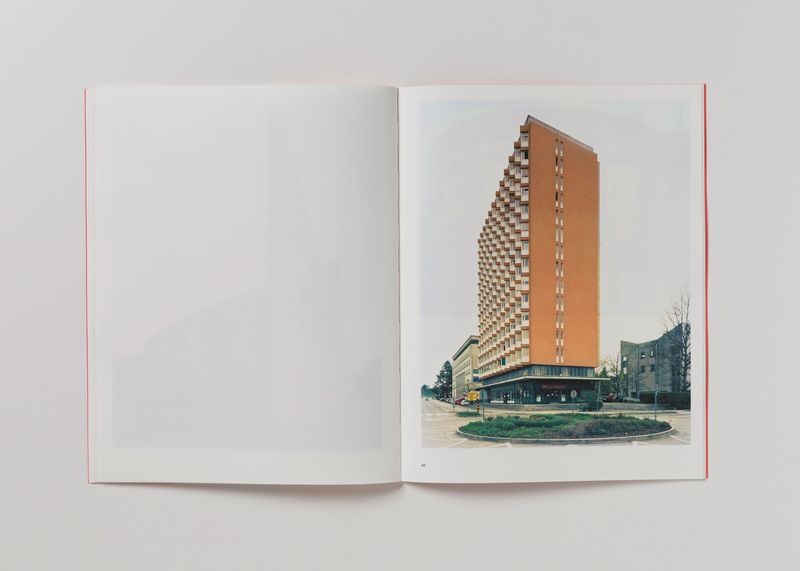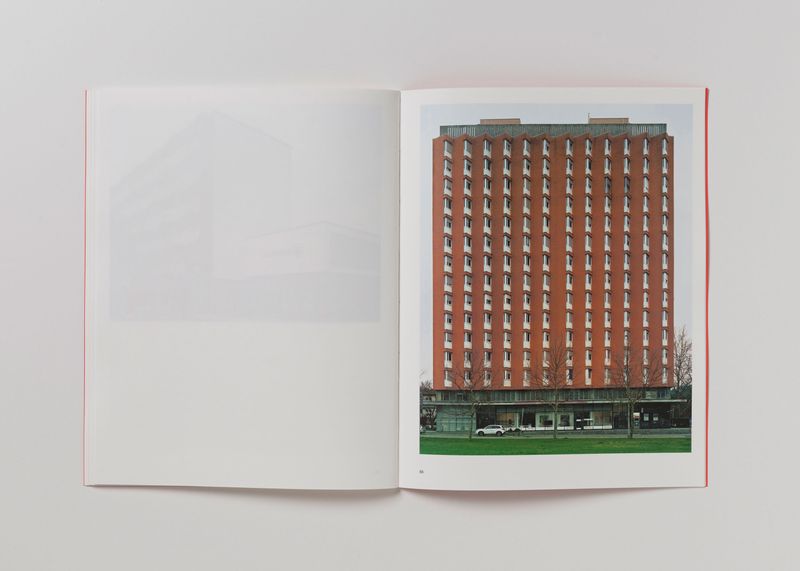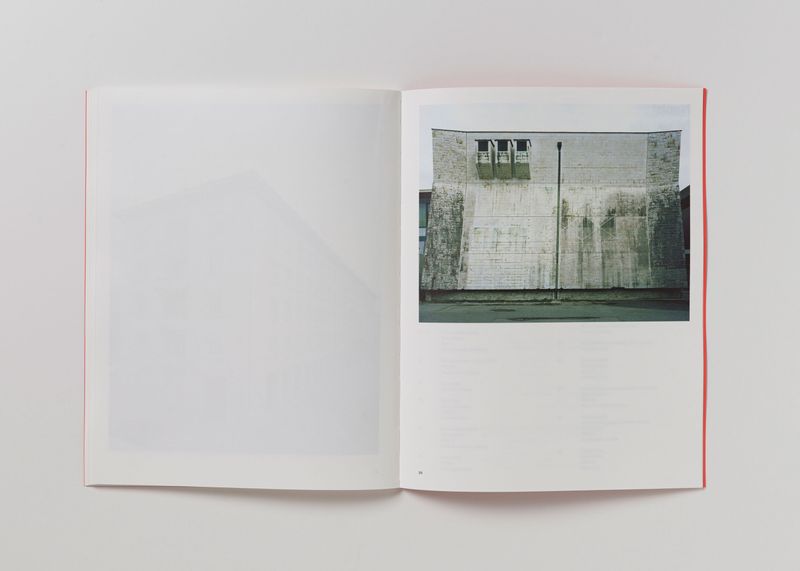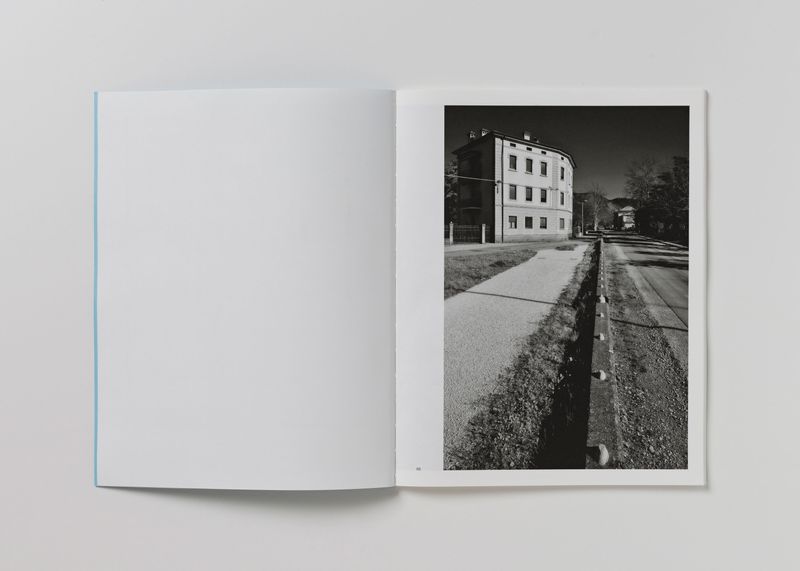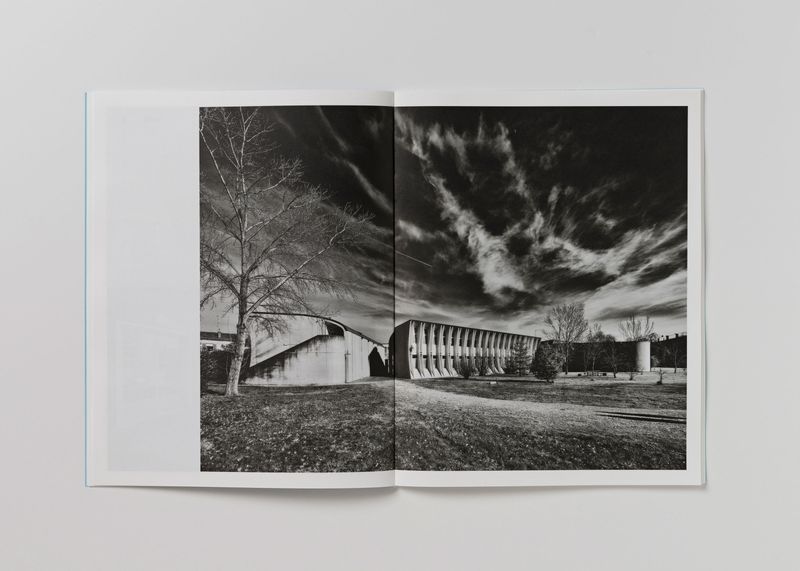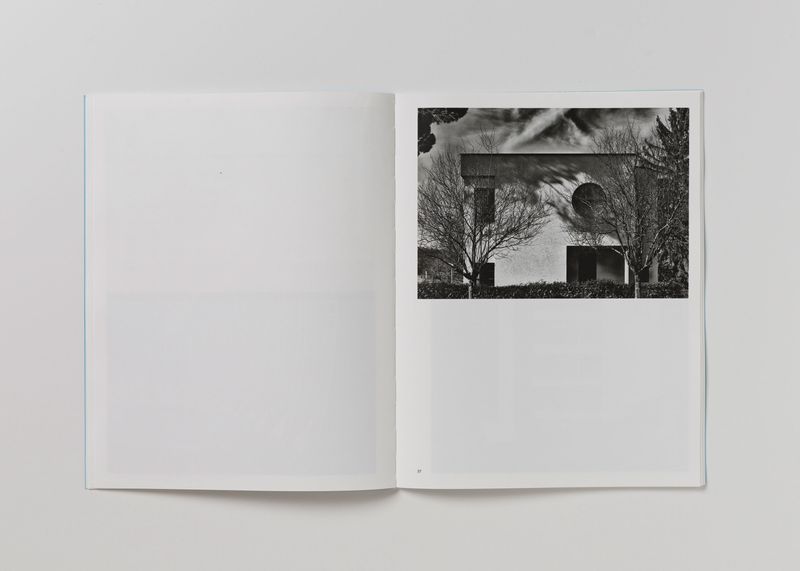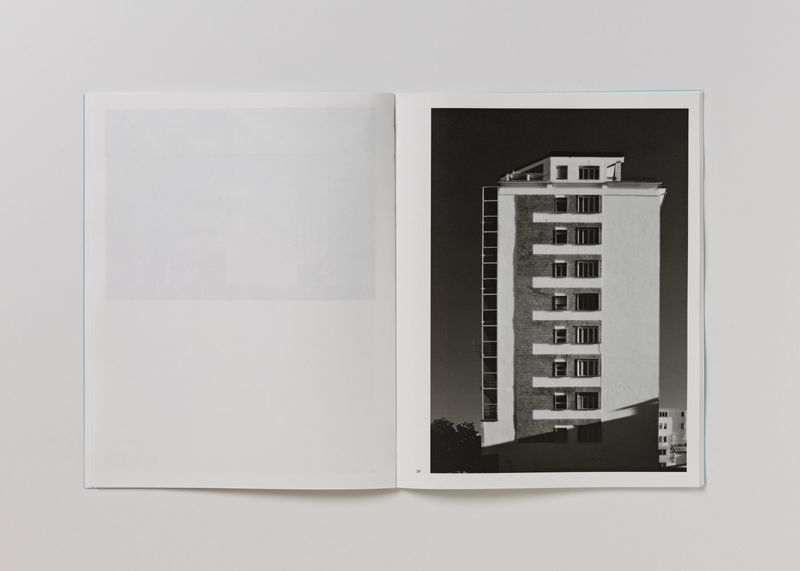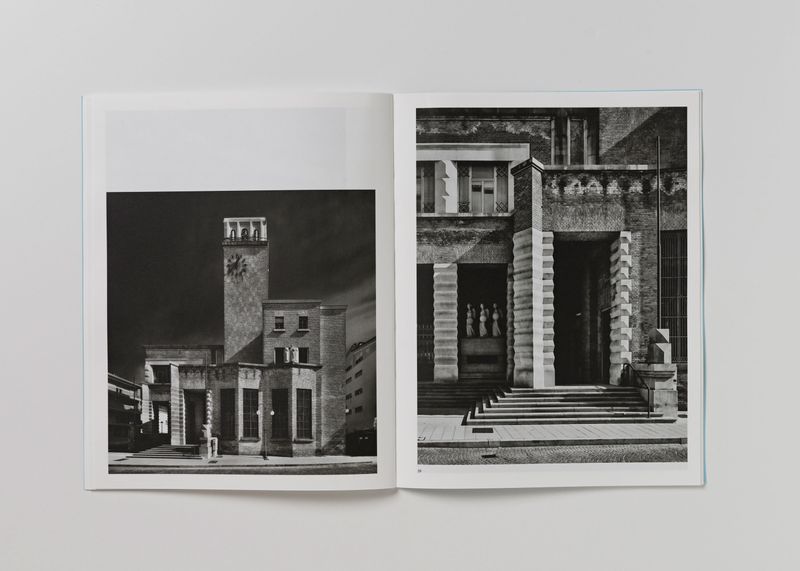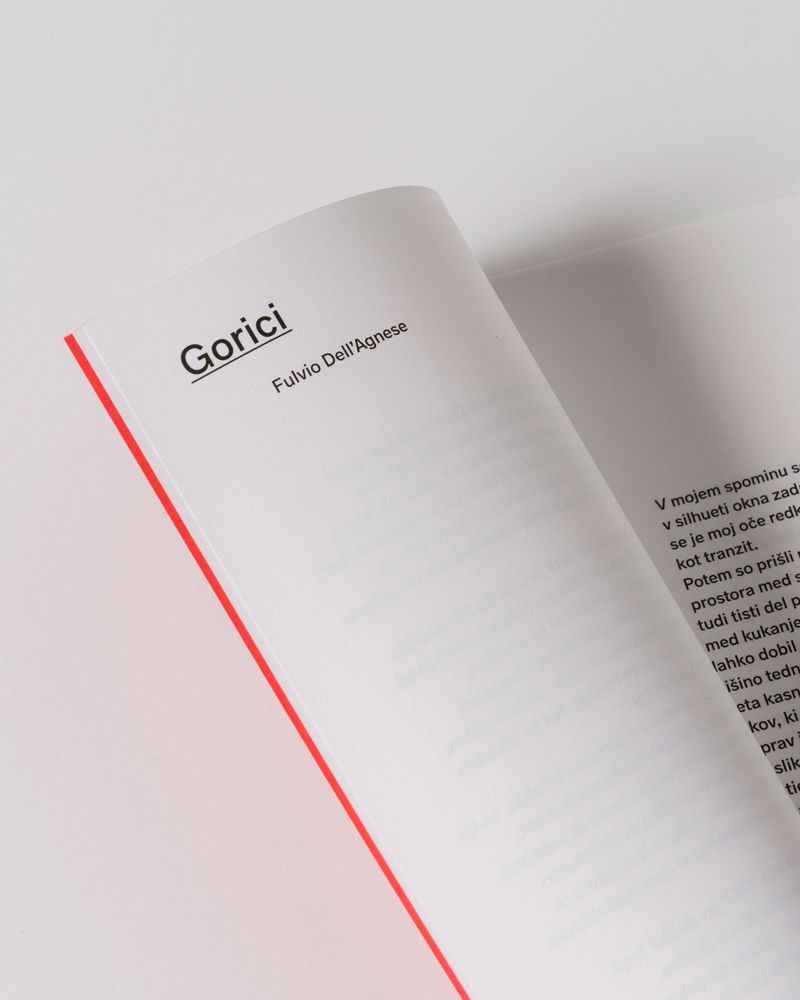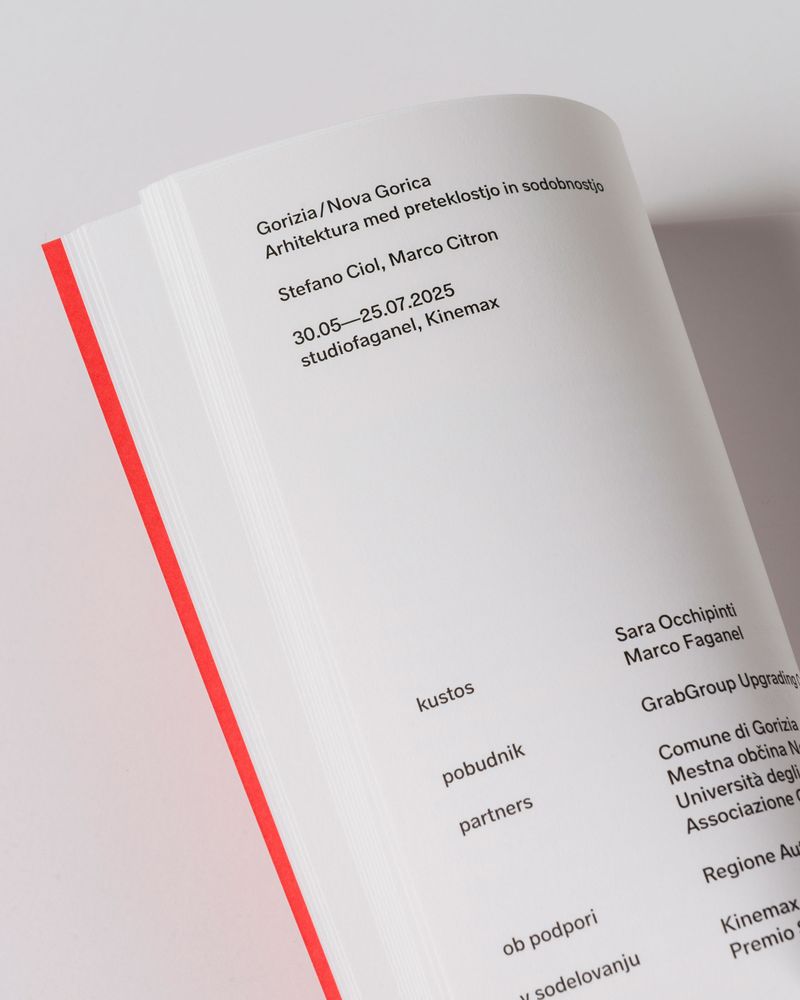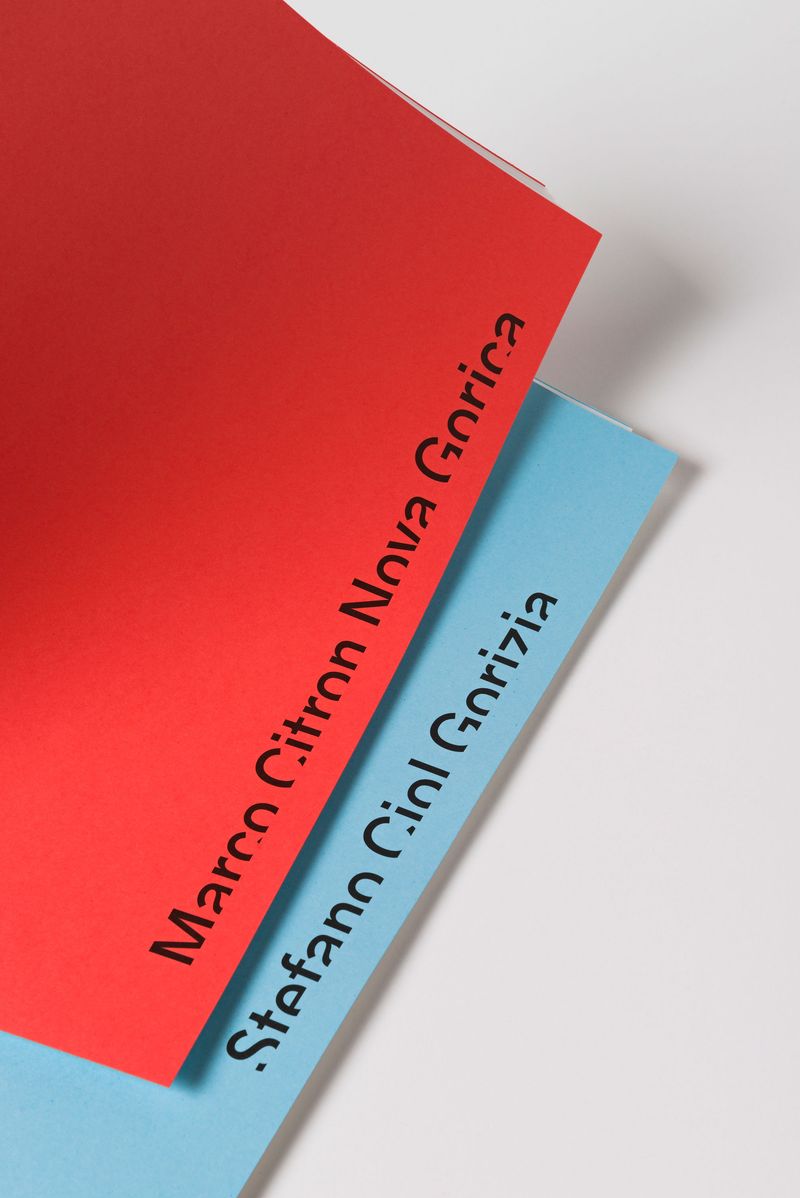GORIZIA/NOVA GORICA Architettura tra passato e modernità/Arhitektura med preteklostjo in sodobnostjo
-
AuthorStefano Ciol, Marco Citron
-
Publisher
-
DesignerAndrea Occhipinti
-
Price40
-
Link
-
Pages192
-
Dimensions33 x 25,5 cm
-
ISBN979-12-985429-2-1
-
PublishedMay 2025
Gorizia and Nova Gorica's architectures seen by two photographers, Stefano Ciol in black and white photography and Marco Citron in colors
The proclamation of Gorizia and Nova Gorica as European Capitals of Culture 2025 seemed to us an important opportunity to propose the exhibition Architecture between past and modernity Gorizia/Nova Gorica. Anyone who has passed through Gorizia and Nova Gorica cannot fail to be struck by the territory and its architecture. Investigating this aspect has allowed us to analyze the architectural and urban development of the two cities, capturing an intrinsic diversity. Gorizia, a symbol of a past linked to the wealthy Austro-Hungarian bourgeoisie, maintains a melancholic, reserved, almost introverted character. The grand palaces and squares remain as testimonies of this period. After the great destructions, in the early post-war period, professionals from other Italian cities were called to design important public and private works that juxtaposed the old architecture of Gorizia with the 'new' architecture born from fascism and often expressed through the style of international rationalism. The story is different in 1947, after the territorial separation, which leads to the birth of Nova Gorica. Designed from scratch with the urban planning of Edvard Ravnikar, the city was meant to be, at the behest of Marshal Tito, the economic and cultural center of the valley, a modern city that would serve as the 'socialist' showcase to the Western world. Two photographers from Friuli capture the defining aspects of the cities: Stefano Ciol, who presents Gorizia through black and white photography, and Marco Citron, who tells the story of Nova Gorica with his evanescent colors.
